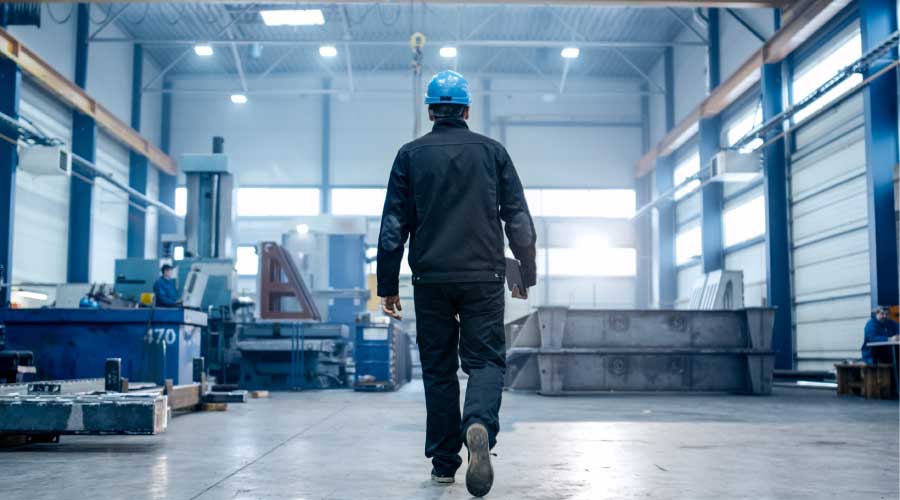Evaluating New Technology: Business Analysis, Third-Party Tests Can Prevent Problems
There are plenty of examples of innovative technologies that have passed muster. For example, a variable demand kitchen hood now is recommended for Marriott hotels.
At SAP, recent new technologies include a lighting control system that controls fixtures individually, not in groupings. "An independent sensor controls light over a specific area via its IP (Internet Protocol) address," says Morgan. SAP also is using a direct current (DC) power system for one of its data centers. And the company was one of the first nongovernmental installers of electric vehicle charging stations to encourage its employees to drive electric cars.
Only a few years ago, the value of electrochromic glass was being studied by federal laboratories such as Lawrence Berkeley National Laboratory. "Today, this technology is the way we ought to be going," says Kampschroer. Electrochromic glass can be darkened to block excess heat from entering the space on bright days or left transparent to allow more daylight in when skies are overcast. "When we do cost analyses for atriums, skylights and many different applications, this technology makes tremendous sense," says Kampschroer.
Business Analysis
Experts stress that assessment of the business and operations of the new technology provider is extremely important. The company has to be able to stand the test of time, so that replacement parts will be available when needed. Unfortunately, not all companies are equipped to do that.
GSA is one organization that looks closely at business operations when evaluating new technologies. "We ask, is this business going to survive?" says Kampschroer. "We are looking for the viability of the product over time." Preferably, from GSA's perspective, the new technology should have multiple vendors.
Morgan actually does formal business cases on new technology companies. "I look for very stable organizations with strong capital backup and potential business in the pipeline," Morgan says. "I want to see and talk to other end users."
Depending on the technology, the business case may actually be three in one. If the product has a human resources impact, then the business case requires social impact evaluation. If the CFO is involved, then economic data are imperative. And, if the chief of sustainability will be reviewing the technology, an environmental impact also must be part of the new technology's business package.
"Many times, the business case must discover all the potential pros and cons from social, economic and environmental perspectives," says Morgan.
Jack Althoff, owner representative with ProjX, offers another recommendation. "Find out who installs it and what is their reputation for connections to new technology," he says. "Many larger companies are careful what they will put their name on. Smaller regional groups may be less risk averse."
Althoff also suggests running new technology parallel to the existing system when possible. "Leave the substructure in place, in case you need to return to it, particularly in the case of life safety or security technologies," he says. If the new technology requires more commissioning or integration, the backup infrastructure is still available.
It's important not to forget the basics, like checking references. "This is a must, as anyone can claim whatever they want," Sharpe says. He asks just-the-facts questions such as, "Did it work? How did/are you using it? What was the cost? Did it improve your system?"
Related Topics:














